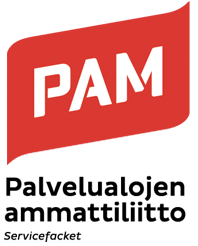Conciliation
Updated: 10.11.2021
Sometimes the negotiations for a new collective agreement end up in a situation where it is impossible to find an agreement between the Union and the employer organisation. The conciliation process involves efforts to find a solution to this situation. Mostly, the conciliation process is conducted by the National Conciliator. However, the Conciliator can also assign the task to a part-time conciliator or a special conciliation board.
Most frequently, a situation requiring conciliation is faced in the negotiations between the Union and the employer organisation for a collective agreement. The respective objectives may be far apart, and one of the parties calls the negotiations off or issues a warning of industrial action. The first round of conciliation normally starts once the Conciliator has been notified of a walkout.
The Conciliator is responsible for trying to look for a solution in the dispute. The Conciliator invites the negotiating parties to sit around a joint table.
If the industrial action is deemed to cause unreasonable inconvenience or it targets vital functions of society, the National Conciliator can propose that the industrial action be postponed by 14 days. The decision is made by the Ministry of Economic Affairs and Employment.
It is obligatory to participate in the conciliation upon invitation, and the Conciliator sets the pace. The Conciliator chairs the meetings and steers the manner and order of discussion of the disputed items. The aim of the Conciliator is then to conduct the parties to an understanding, mainly on the basis of their respective proposals and offers.
The Conciliator seeks to make the proposal for conciliation to the parties who must either dismiss or accept it. Sometimes the Conciliator finds that the views of the parties are so far apart that no proposal for conciliation can be made. In this case, the issue is taken up again after the strike or lockout has lasted for some time. The situation is the same if either or both parties dismiss the proposal for conciliation.


